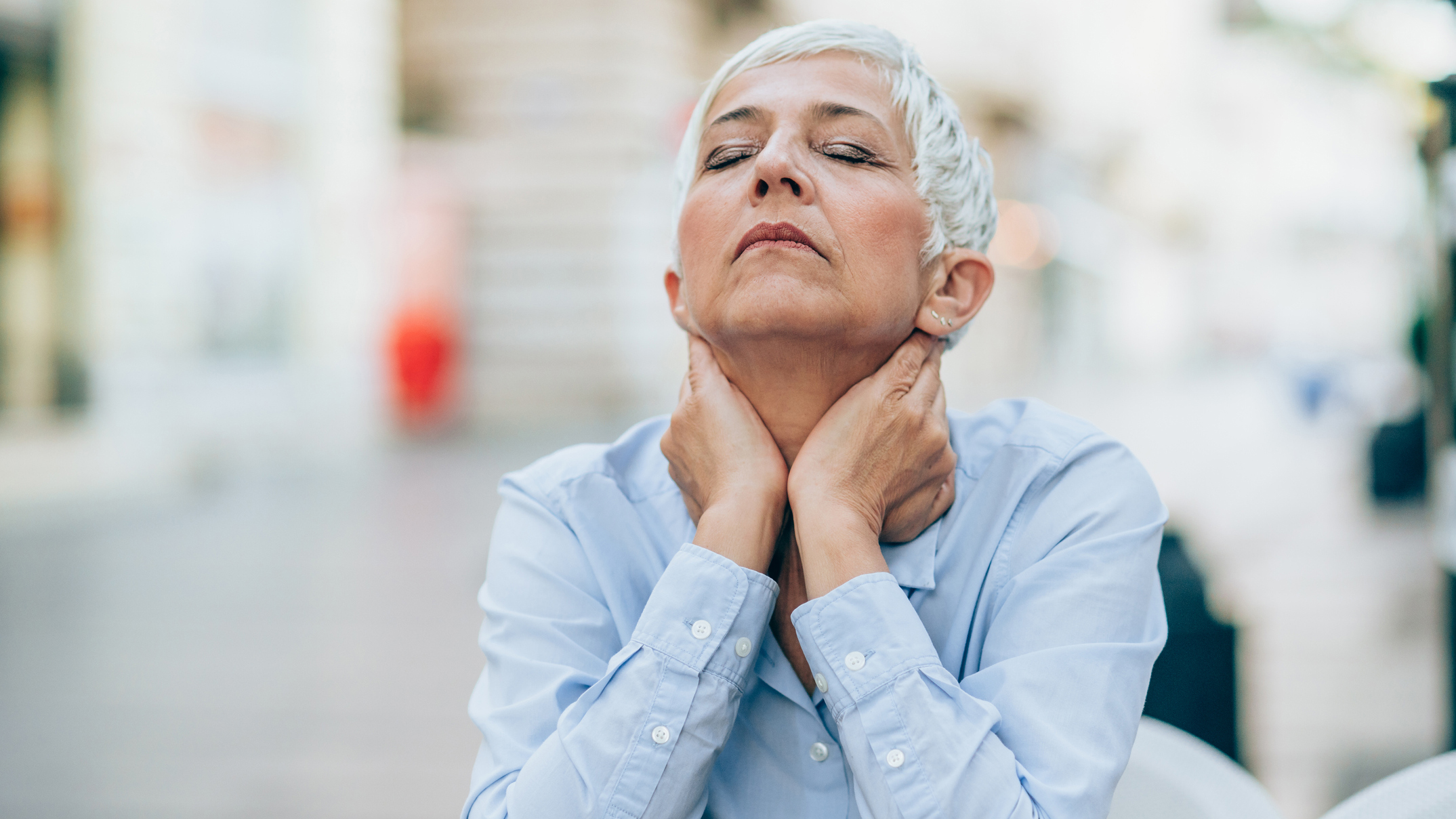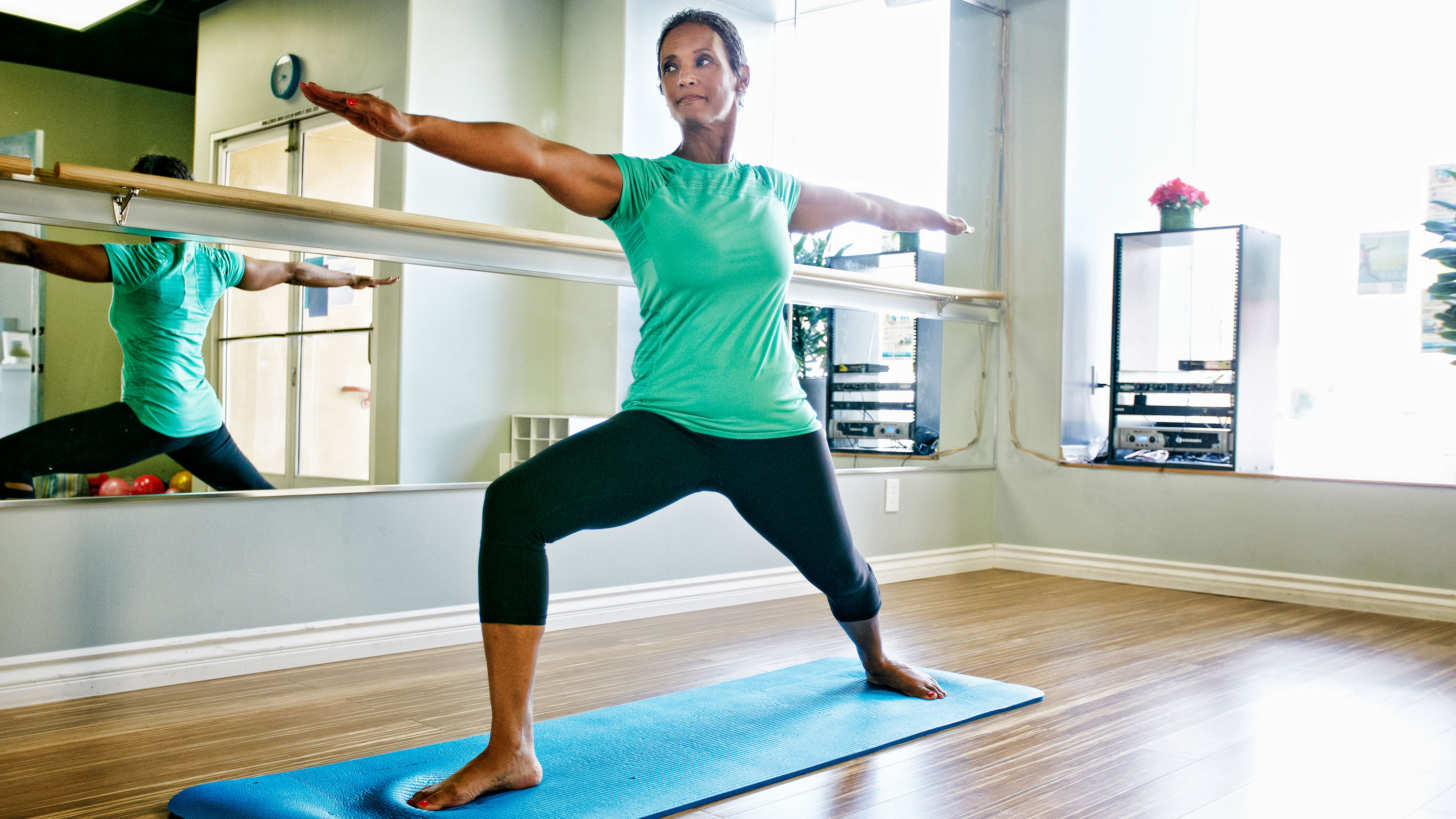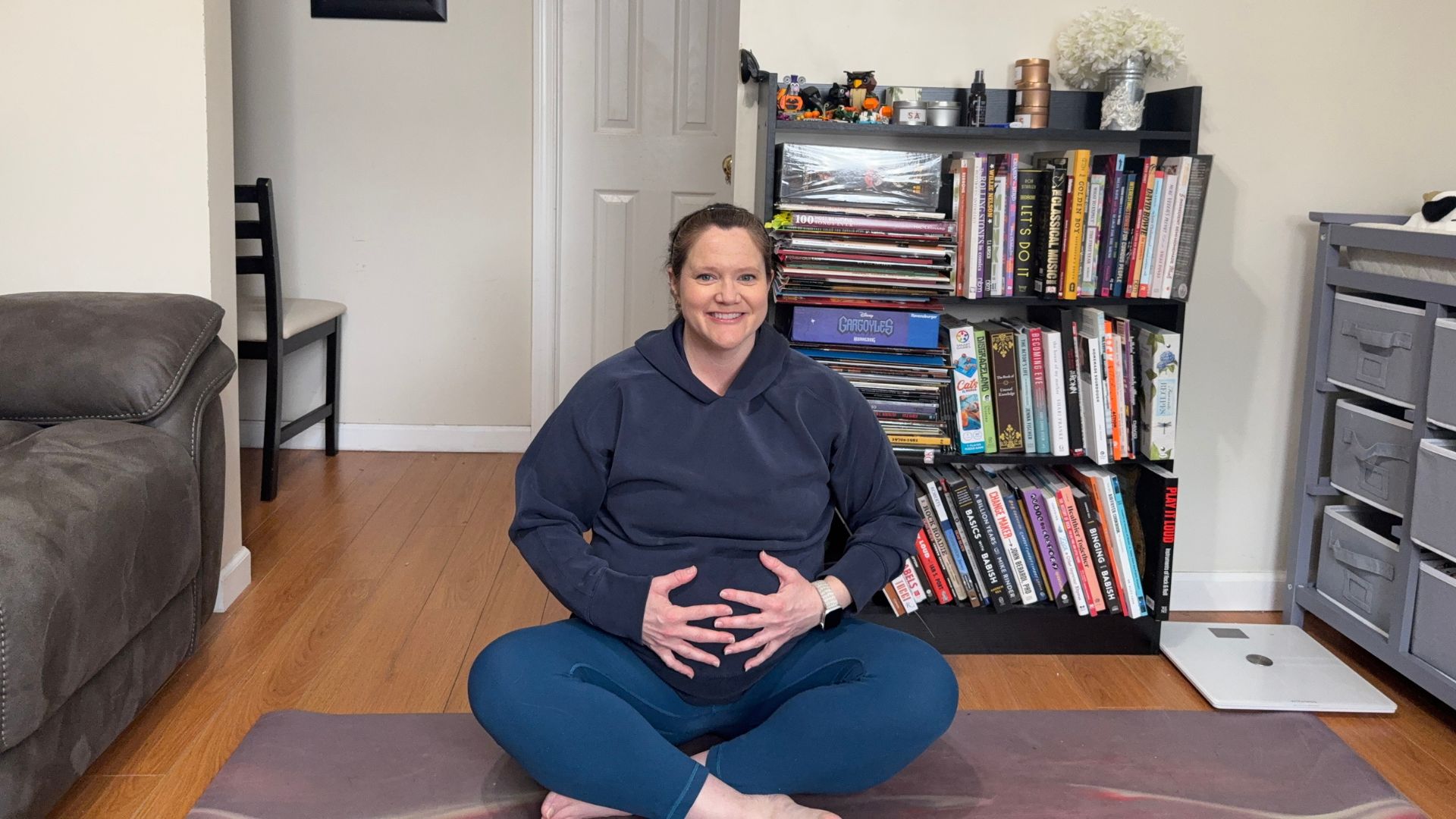Menopause joint pain: causes and ways to ease it
Find ways of helping to deal with this very common problem using our selection of tips from healthcare professionals


Think menopause symptoms and your first thoughts are probably hot flushes, night sweats and mood swings. But menopause joint pain can be a common symptom at this time too.
In fact, one study found up to 40 per cent of women may be affected.
You may not link aches, pains and stiffness with menopause – lots of women assume it’s just part of the ageing process, or down to being less active, and struggle on. But hormone changes at menopause are a major cause – and fortunately, there are steps you can take to ease the discomfort.
- Suffering with other symptoms? Try the best menopause supplements
- Best vitamins for women over 50: a guide
Below, we explore the connection between menopause and joint pain and look at ways to ease it, including which exercises can help and the best supplements for joints.
What’s the link between menopause and joint pain?
‘Declining levels of the hormone oestrogen lead to a reduction in collagen – a key component of the connective tissue that supports joints,’ says consultant rheumatologist Dr Rod Hughes.
‘Dropping oestrogen also results in loss of cartilage and an increase in inflammation. All of this can cause joint pain and stiffness.’
What’s more, he says, joint symptoms can actually be among the first signs of menopause. ‘You may experience them before you notice other symptoms because oestrogen starts to decline a few years before the menopause.’
Get the Fit&Well Newsletter
Start your week with achievable workout ideas, health tips and wellbeing advice in your inbox.
There can be other contributing factors, such as menopausal weight gain. It’s common to gain kilos in midlife, and if that puts you over a healthy weight, it may put a strain on your joints. Plus, menopause can lead to anxiety and insomnia (you may be under a lot of stress for all sorts of reasons at this time of life), which can result in tense muscles, again connected with aches and pains.
When to see a doctor about menopausal joint pain
You should always consult your doctor if you notice new persistent aches and pains. They can rule out other causes and may be able to suggest a plan of action, including physiotherapy and painkillers, if you’re in a lot of discomfort.
They can also prescribe HRT, which replaces some of the oestrogen you’ve lost. That may help improve your joint pain, but lots of women don’t want to take HRT, or can’t, because they have risk factors such as a history of breast cancer.
Whatever your doctor suggests, making some lifestyle changes is also key to managing joint aches and pains.
Get moving to maintain healthy joints
It might be the last thing you feel like doing when your joints are sore, but staying active to ensure healthy joints is one of the best things you can do to ease joint pain.
‘Exercise helps synovial fluid circulate in the joints and increases blood flow,’ says Hughes. ‘That boosts oxygen and nutrient supply to the joints.’
It also helps control your weight and lifts your mood, so can go a long way towards managing stress and anxiety, too.
Hughes suggests choosing activities that don’t put too much pressure on your joints, while keeping them flexible. Swimming, yoga and Pilates can be particularly helpful.

Activities such as yoga can help with menopause joint pain
Stay hydrated
Dehydration can worsen menopause symptoms, including joint pain. It can also lead to a build-up of uric acid, which may exacerbate inflammation. Aim for around 1.5 litres of fluid daily. It doesn’t all have to be water – teas, broths, milk (both dairy and plant) and sugar-free squashes can count towards your quota too.
Choose anti-inflammatory foods
Controlling inflammation in your body can help manage menopausal joint pain. And your diet’s a key part of that.
Hughes recommends a generally balanced diet, with lots of fruit and veg. Nuts, leafy greens, olive oil and oily fish are all particularly useful to include as they have anti-inflammatory properties.
Also check out our guide the the foods to avoid with arthritis if you suffer with the condition.
Try menopause joint pain supplements
Topping up with supplements can be a good idea if you’re not getting all you need from your diet (and let’s face it, most of us don’t).
Consider an omega-3 supplement if you’re not eating at least one portion of oily fish weekly – omega-3s help reduce help reduce inflammation in the joints. Veggie or vegan? Go for an algae-based omega 3 supplement instead.
Although no specific link has been found between low vitamin D levels and menopausal joint pain, it’s always worth taking it for general joint and bone health, particularly in the darker months, when we don’t make enough from sunlight.
Finally, Hughes recommends a supplement containing GOPO, a galactolipid found in rosehips – a small study found this reduced joint pain and stiffness in menopausal women.
Found this helpful? Check out our feature on menopause itchy skin: tips for relief.
Charlotte Haigh has been a health writer for 20 years, contributing to a range of national magazines and newspapers. She writes about all aspects of wellness, from nutrition to fitness, and has a special interest in psychedelics and mental health. Charlotte is Chair of the Guild of Health Writers, which represents leading UK health writers. In her spare time, she enjoys vegan cookery, yoga and birdwatching. She lives in south-west London with her two cats.
-
 This dumbbell challenge is a great way to improve core strength, stability and balance
This dumbbell challenge is a great way to improve core strength, stability and balanceWeights at the ready
By Maddy Biddulph
-
 A yoga instructor says this style of breathing will reduce anxiety and strengthen your core. Here’s what happened when I tried it
A yoga instructor says this style of breathing will reduce anxiety and strengthen your core. Here’s what happened when I tried itBalloon breathing can boost your mood and help you engage your core
By Jennifer Rizzuto